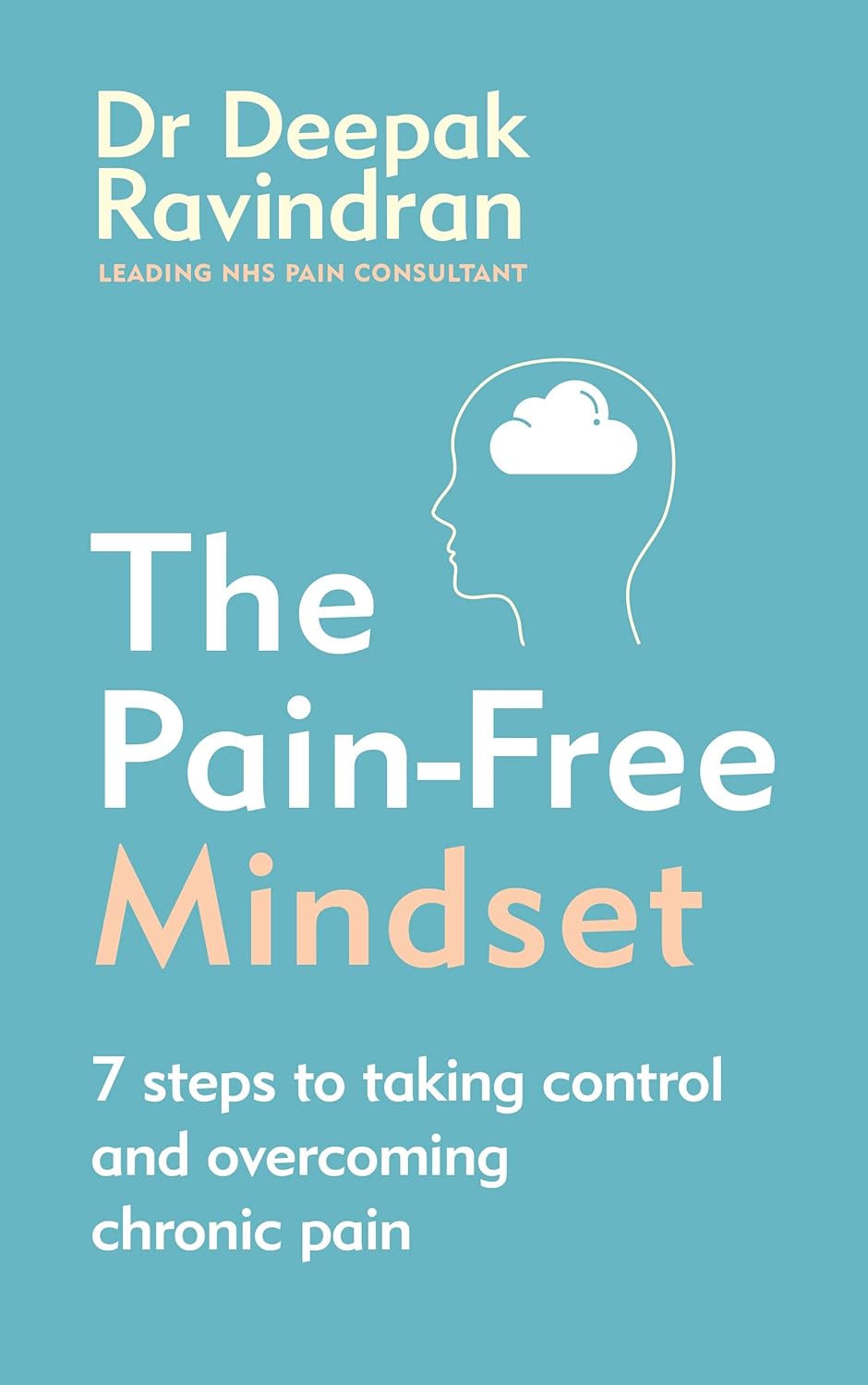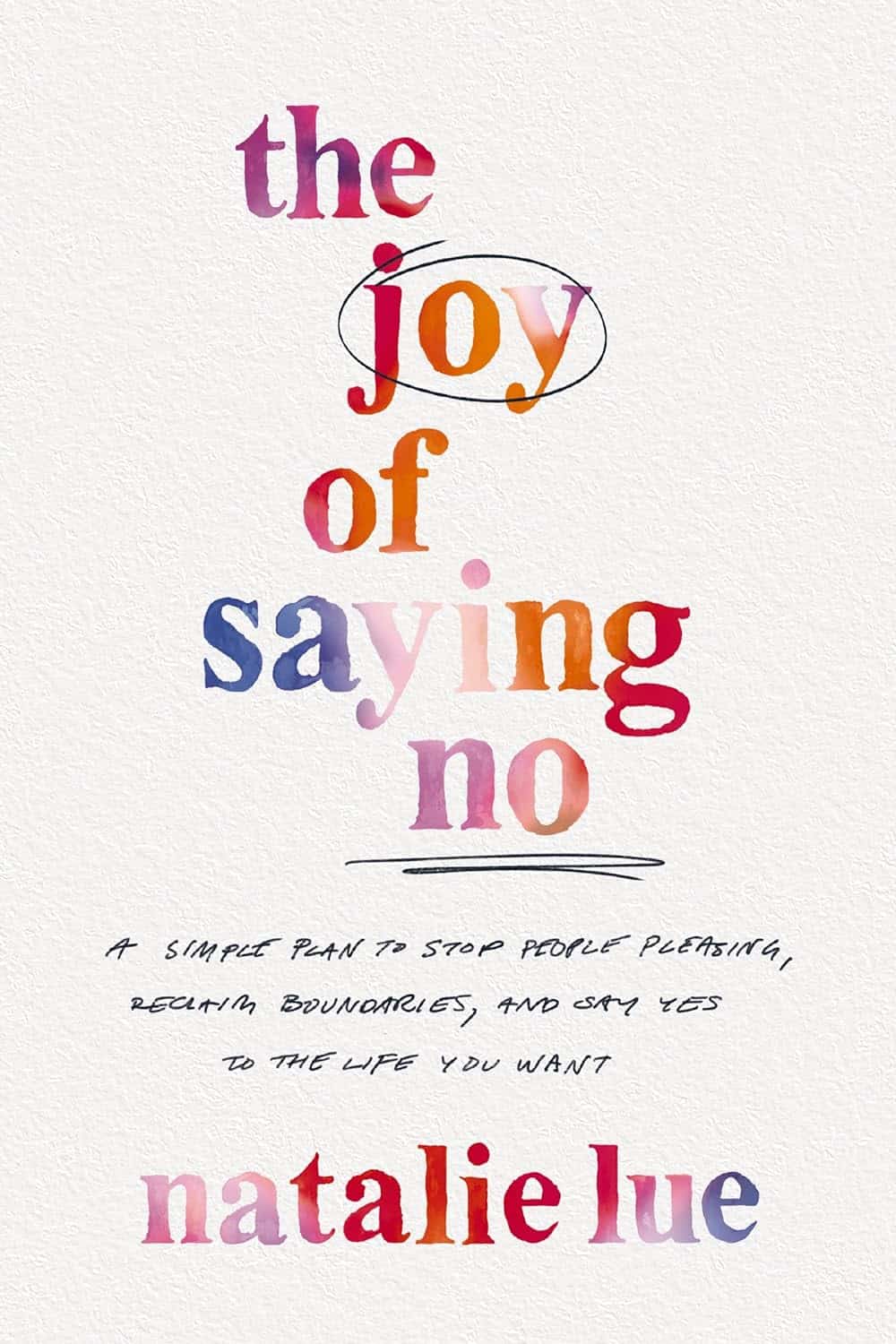
Can you drink your fruit and vegetables? How does juice compare to the whole food?
10almonds is reader-supported. We may, at no cost to you, receive a portion of sales if you purchase a product through a link in this article.
Do you struggle to eat your fruits and vegetables? You are not alone. Less than 5% of Australians eat the recommended serves of fresh produce each day (with 44% eating enough fruit but only 6% eating the recommended vegetables).
Adults should aim to eat at least five serves of vegetables (or roughly 375 grams) and two serves of fruit (about 300 grams) each day. Fruits and vegetables help keep us healthy because they have lots of nutrients (vitamins, minerals and fibre) and health-promoting bioactive compounds (substances not technically essential but which have health benefits) without having many calories.
So, if you are having trouble eating the rainbow, you might be wondering – is it OK to drink your fruits and vegetables instead in a juice or smoothie? Like everything in nutrition, the answer is all about context.

It might help overcome barriers
Common reasons for not eating enough fruits and vegetables are preferences, habits, perishability, cost, availability, time and poor cooking skills. Drinking your fruits and vegetables in juices or smoothies can help overcome some of these barriers.
Juicing or blending can help disguise tastes you don’t like, like bitterness in vegetables. And it can blitz imperfections such as bruises or soft spots. Preparation doesn’t take much skill or time, particularly if you just have to pour store-bought juice from the bottle. Treating for food safety and shipping time does change the make up of juices slightly, but unsweetened juices still remain significant sources of nutrients and beneficial bioactives.
Juicing can extend shelf life and reduce the cost of nutrients. In fact, when researchers looked at the density of nutrients relative to the costs of common foods, fruit juice was the top performer.
So, drinking my fruits and veggies counts as a serve, right?
How juice is positioned in healthy eating recommendations is a bit confusing. The Australian Dietary Guidelines include 100% fruit juice with fruit but vegetable juice isn’t mentioned. This is likely because vegetable juices weren’t as common in 2013 when the guidelines were last revised.
The guidelines also warn against having juice too often or in too high amounts. This appears to be based on the logic that juice is similar, but not quite as good as, whole fruit. Juice has lower levels of fibre compared to fruits, with fibre important for gut health, heart health and promoting feelings of fullness. Juice and smoothies also release the sugar from the fruit’s other structures, making them “free”. The World Health Organization recommends we limit free sugars for good health.
But fruit and vegetables are more than just the sum of their parts. When we take a “reductionist” approach to nutrition, foods and drinks are judged based on assumptions made about limited features such as sugar content or specific vitamins.
But these features might not have the impact we logically assume because of the complexity of foods and people. When humans eat varied and complex diets, we don’t necessarily need to be concerned that some foods are lower in fibre than others. Juice can retain the nutrients and bioactive compounds of fruit and vegetables and even add more because parts of the fruit we don’t normally eat, like the skin, can be included.

So, it is healthy then?
A recent umbrella review of meta-analyses (a type of research that combines data from multiple studies of multiple outcomes into one paper looked at the relationship between 100% juice and a range of health outcomes.
Most of the evidence showed juice had a neutral impact on health (meaning no impact) or a positive one. Pure 100% juice was linked to improved heart health and inflammatory markers and wasn’t clearly linked to weight gain, multiple cancer types or metabolic markers (such as blood sugar levels).
Some health risks linked to drinking juice were reported: death from heart disease, prostate cancer and diabetes risk. But the risks were all reported in observational studies, where researchers look at data from groups of people collected over time. These are not controlled and do not record consumption in the moment. So other drinks people think of as 100% fruit juice (such as sugar-sweetened juices or cordials) might accidentally be counted as 100% fruit juice. These types of studies are not good at showing the direct causes of illness or death.
What about my teeth?
The common belief juice damages teeth might not stack up. Studies that show juice damages teeth often lump 100% juice in with sweetened drinks. Or they use model systems like fake mouths that don’t match how people drinks juice in real life. Some use extreme scenarios like sipping on large volumes of drink frequently over long periods of time.
Juice is acidic and does contain sugars, but it is possible proper oral hygiene, including rinsing, cleaning and using straws can mitigate these risks.
Again, reducing juice to its acid level misses the rest of the story, including the nutrients and bioactives contained in juice that are beneficial to oral health.

So, what should I do?
Comparing whole fruit (a food) to juice (a drink) can be problematic. They serve different culinary purposes, so aren’t really interchangeable.
The Australian Guide to Healthy Eating recommends water as the preferred beverage but this assumes you are getting all your essential nutrients from eating.
Where juice fits in your diet depends on what you are eating and what other drinks it is replacing. Juice might replace water in the context of a “perfect” diet. Or juice might replace alcohol or sugary soft drinks and make the relative benefits look very different.
On balance
Whether you want to eat your fruits and vegetables or drink them comes down to what works for you, how it fits into the context of your diet and your life.
Smoothies and juices aren’t a silver bullet, and there is no evidence they work as a “cleanse” or detox. But, with society’s low levels of fruit and vegetable eating, having the option to access nutrients and bioactives in a cheap, easy and tasty way shouldn’t be discouraged either.
Emma Beckett, Adjunct Senior Lecturer, Nutrition, Dietetics & Food Innovation – School of Health Sciences, UNSW Sydney
This article is republished from The Conversation under a Creative Commons license. Read the original article.
Don’t Forget…
Did you arrive here from our newsletter? Don’t forget to return to the email to continue learning!
Recommended
Learn to Age Gracefully
Join the 98k+ American women taking control of their health & aging with our 100% free (and fun!) daily emails:
-
The Pain-Free Mindset – by Dr. Deepak Ravindran
10almonds is reader-supported. We may, at no cost to you, receive a portion of sales if you purchase a product through a link in this article.
First: please ignore the terrible title. This is not the medical equivalent of “think and grow rich”. A better title would have been something like “The Pain-Free Plan”.
Attentive subscribers may notice that this author was our featured expert yesterday, so you can learn about his “seven steps” described in our article there, without us repeating that in our review here.
This book’s greatest strength is also potentially its greatest weakness, depending on the reader: it contains a lot of detailed medical information.
This is good or bad depending on whether you like lots of detailed medical information. Dr. Ravindran doesn’t assume prior knowledge, so everything is explained as we go. However, this means that after his well-referenced clinical explanations, high quality medical diagrams, etc, you may come out of this book feeling like you’ve just done a semester at medical school.
Knowledge is power, though, so understanding the underlying processes of pain and pain management really does help the reader become a more informed expert on your own pain—and options for reducing that pain.
Bottom line: this, disguised by its cover as a “think healing thoughts” book, is actually a science-centric, information-dense, well-sourced, comprehensive guide to pain management from one of the leading lights in the field.
Click here to check out The Pain-Free Mindset, and manage yours more comfortably!
Share This Post
-
White Potato vs Sweet Potato – Which is Healthier?
10almonds is reader-supported. We may, at no cost to you, receive a portion of sales if you purchase a product through a link in this article.
Our Verdict
When comparing white potatoes to sweet potatoes, we picked the sweet potatoes.
Why?
In terms of macros, sweet potatoes are a little lighter on carbs and calories, though in the case of sugar and fiber, sweet potato has a few grams more of each, per potato. However, when an average sweet potato’s 7g of sugar are held against its 4g of fiber, this (much like with fruit!) not a sugar you need to avoid.
See also: Which Sugars Are Healthier, And Which Are Just The Same?
The glycemic index of a sweet potato is also lower than that of a white potato, so the sugars it does have are slower-release.
Sweet potatoes famously are good sources of vitamin A and beta-carotene, which important nutrients white potatoes cannot boast.
Both plants are equally good sources of potassium and vitamin C.
Summary
Both are good sources of many nutrients, and any nutritional health-hazards associated with them come with the preparation (for example, frying introduces unhealthy fats, and mashing makes the glycemic index skyrocket, and cooking with salt increases the salt content).
Baking either is great (consider stuffing them with delicious well-seasoned beans and/or tomatoes; if you make it yourself, pesto can be a great option too, as can cheese if you’re so-inclined and judicious with choice and quantity) and preserves almost all of their nutrients. Remember that nearly 100% of the fiber is in the skin, so you do want to eat that.
The deciding factor is: sweet potatoes are good sources of a couple more valuable nutrients that white potatoes aren’t, and come out as the overall healthiest for that reason.
Enjoy!
Share This Post
-
Perfectionism, And How To Make Yours Work For You
10almonds is reader-supported. We may, at no cost to you, receive a portion of sales if you purchase a product through a link in this article.
Harness The Power Of Your Perfectionism
A lot of people see perfectionism as a problem—and it can be that!
We can use perfectionism as a would-be shield against our fear of failure, by putting things off until we’re better prepared (repeat forever, or at least until the deadliniest deadline that ever deadlined), or do things but really struggle to draw a line under them and check them off as “done” because we keep tweaking and improving and improving… With diminishing returns (forever). So, that’s not helpful.
But, if we’re mindful, we can also leverage our perfectionism to our benefit.
Great! How?
First we need to be able to discern the ways in which perfectionism can be bad or good for us. Or as it’s called in psychology, ways in which our perfectionism can be maladaptive or adaptive.
- Maladaptive: describing a behavioral adaptation to our environment—specifically, a reactive behavioral adaptation that is unhealthy and really is not a solution to the problem at hand
- Adaptive: describing a behavioral adaptation to our environment—specifically, a responsive behavioral adaptation that is healthy and helps us to thrive
So in the case of perfectionism, one example for each might be:
- Maladaptive: never taking up that new hobby, because you’re just going to suck at it anyway, and what’s the point if you’re not going to excel? You’re a perfectionist, and you don’t settle for anything less than excellence.
- Adaptive: researching the new hobby, learning the basics, and recognizing that even if the results are not immediately perfect, the learning process can be… Yes, even with mistakes along the way, for they too are part of learning! You’re a perfectionist, and you’re going to be the best possible student of your new hobby.
Did you catch the key there?
When it comes to approaching things we do in life—either because we want to or because we must—there are two kinds of mindset: goal-oriented, and task-oriented.
Broadly speaking, each has their merits, and as a general topic, it’s beyond the scope of today’s main feature. Here we’re looking at it in the context of perfectionism, and in that frame, there’s a clear qualitative difference:
- The goal-oriented perfectionist will be frustrated to the point of torment, at not immediately attaining the goal. Everything short of that will be a means to an end, at best. Not fun.
- The task-oriented perfectionist will take joy in going about the task in the best way possible, and optimizing their process as they go. The journey itself will be rewarding and a tangible product of their consistent perfectionism.
The good news is: you get to choose! You’re not stuck in a box.
If you’re thinking “I’m a perfectionist and I’m generally a goal-oriented person”, that’s fine. You’re just going to need to reframe your goals.
- Instead of: my goal is to be fluent in Arabic
- …so you never speak it, because to err is human, all too human, and you’re a perfectionist, so you don’t want that!
- Let’s try: my goal is to study Arabic for at least 15 minutes per day, every day, without fail, covering at least some new material each time, no matter how small the increase
- …and then you go and throw yourself into conversation way out of your depth, make mistakes, and get corrections, because that’s how you learn, and you’re a perfectionist, so you want that!
This goes for any field of expertise, of course.
- If you want to play the violin solo in Carnegie Hall, you have to pick up your violin and practice each day.
- If you want to be a world-renowned pastry chef, you have to make a consistent habit of baking.
- If you want to write a bestselling book, you have to show up at your keyboard.
Be perfect all you want, but be the perfect student.
And as your skills grow, maybe you’ll upgrade that to also being the perfect practitioner, and perhaps later still, the perfect teacher.
But just remember:
Perfection comes not from the end goal (that would be backwards thinking!) but from the process (which includes mistakes; they’re an important part of learning; embrace them and grow!), so perfect that first.
Share This Post
Related Posts
-
Heart-Healthy Gochujang Noodles
10almonds is reader-supported. We may, at no cost to you, receive a portion of sales if you purchase a product through a link in this article.
Soba noodles are a good source of rutin, which is great for the heart and blood. Additionally, buckwheat (as soba noodles are made from) is healthier in various ways than rice, and certainly a lot healthier than wheat (remember that despite the name, buckwheat is about as related to wheat as a lionfish is to a lion). This dish is filled with more than just fiber though; there are a lot of powerful phytochemicals at play here, in the various kinds of cabbage, plus of course things like gingerol, capsaicin, allicin, and piperine.
You will need
- 14 oz “straight to wok” style soba noodles
- 3 bok choi (about 7 oz)
- 3½ oz red cabbage, thinly sliced
- 10 oz raw and peeled large shrimp (if you are vegan, vegetarian, allergic to shellfish/crustaceans, or observant of a religion that does not eat such, substitute with small cubes of firm tofu)
- 1 can (8 oz) sliced water chestnuts, drained (drained weight about 5 oz)
- 2 tbsp gochujang paste
- 2 tbsp low-sodium soy sauce
- 1 tbsp sesame oil
- 2 tsp garlic paste
- 2 tsp ginger paste
- 1 tbsp chia seeds
- Avocado oil for frying (or another oil suitable for high temperatures—so, not olive oil)
Note: ideally you will have a good quality gochujang paste always in your cupboard, as it’s a great and versatile condiment. However, you can make your own approximation, by blending 5 pitted Medjool dates, 1 tbsp rice wine vinegar, 2 tbsp tomato purée, 2 tsp red chili flakes, 1 tsp garlic granules, and ¼ tsp MSG or ½ tsp low-sodium salt. This is not exactly gochujang, but unless you want to go shopping for ingredients more obscure in Western stores than gochujang, it’s close enough.
Method
(we suggest you read everything at least once before doing anything)
1) Mix together the gochujang paste with the sesame oil, soy sauce, garlic paste, and ginger paste, in a small bowl. Whisk in ¼ cup hot water, or a little more if it seems necessary, but go easy with it. This will be your stir-fry sauce.
2) Slice the base of the bok choi into thin disks; keep the leaves aside.
3) Heat the wok to the highest temperature you can safely muster, and add a little avocado oil followed by the shrimp. When they turn from gray to pink (this will take seconds, so be ready) add the sliced base of the bok choi, and also the sliced cabbage and water chestnuts, stirring frequently. Cook for about 2 minutes; do not reduce the heat.
4) Add the sauce you made, followed 1 minute later by the noodles, stirring them in, and finally the leafy tops of the bok choi.
5) Garnish with the chia seeds (or sesame seeds, but chia pack more of a nutritional punch), and serve:
Enjoy!
Want to learn more?
For those interested in some of the science of what we have going on today:
- What Matters Most For Your Heart?
- Red Cabbage vs White Cabbage – Which is Healthier?
- Ginger Does A Lot More Than You Think
- The Many Health Benefits Of Garlic
- Capsaicin For Weight Loss And Against Inflammation
- Black Pepper’s Impressive Anti-Cancer Arsenal (And More)
- If You’re Not Taking Chia, You’re Missing Out
Take care!
Don’t Forget…
Did you arrive here from our newsletter? Don’t forget to return to the email to continue learning!
Learn to Age Gracefully
Join the 98k+ American women taking control of their health & aging with our 100% free (and fun!) daily emails:
-
The Joy of Saying No – by Natalie Lue
10almonds is reader-supported. We may, at no cost to you, receive a portion of sales if you purchase a product through a link in this article.
Superficially, this seems an odd topic for an entire book. “Just say no”, after all, surely! But it’s not so simple as that, is it?
Lue looks into what underpins people-pleasing, first. Then, she breaks it down into five distinct styles of people-pleasing that each come from slightly different motivations and ways of perceiving how we interact with those around us.
Lest this seem overly complicated, those five styles are what she calls: gooding, efforting, avoiding, saving, suffering.
She then looks out how to have a healthier relationship with our yes/no decisions; first by observing, then by creating healthy boundaries. “Healthy” is key here; this isn’t about being a jerk to everyone! Quite the contrary, it involves being honest about what we can and cannot reasonably take on.
The last section is about improving and troubleshooting this process, and constitutes a lot of the greatest value of the book, since this is where people tend to err the most.
Bottom line: this book is informative, clear, and helpful. And far from disappointing everyone with “no”, we can learn to really de-stress our relationships with others—and ourselves.
Don’t Forget…
Did you arrive here from our newsletter? Don’t forget to return to the email to continue learning!
Learn to Age Gracefully
Join the 98k+ American women taking control of their health & aging with our 100% free (and fun!) daily emails:
-
Beyond Burger vs Beef Burger – Which is Healthier?
10almonds is reader-supported. We may, at no cost to you, receive a portion of sales if you purchase a product through a link in this article.
Our Verdict
When comparing the Beyond Burger to a grass-fed beef burger, we picked the Beyond Burger—but it was very close.
Why?
The macronutrient profiles of the two are almost identical, including the amount of protein, the amount of fat, and the amount of that fat that’s saturated.
Where they stand apart is in two ways:
1) Red meat is classed as a group 2A carcinogen
2) The Beyond Burger contains more sodium (about 1/5 of the daily allowance according to the AHA, or 1/4 of the daily allowance according to the WHO)Neither of those things are great, so how to decide which is worse?
• Cancer and heart disease are both killers, with heart disease claiming more victims.
• However, we do need some sodium to live, whereas we don’t need carcinogens to live.Tie-breaker: the sodium content in the Beyond Burger is likely to be offset by the fact that it’s a fully seasoned burger and will be eaten as-is, whereas the beef burger will doubtlessly have seasonings added before it’s eaten—which may cause it to equal or even exceed the salt content of the Beyond Burger.
The cancer risk for the beef burger, meanwhile, stays one-sided.
One thing’s for sure though: neither of them are exactly a cornerstone of a healthy diet, and either are best enjoyed as an occasional indulgence.
Some further reading:
• Lesser-Known Salt Risks
• Food Choices And Cancer Risk
• Hypertension: Factors Far More Relevant Than SaltDon’t Forget…
Did you arrive here from our newsletter? Don’t forget to return to the email to continue learning!
Learn to Age Gracefully
Join the 98k+ American women taking control of their health & aging with our 100% free (and fun!) daily emails:








